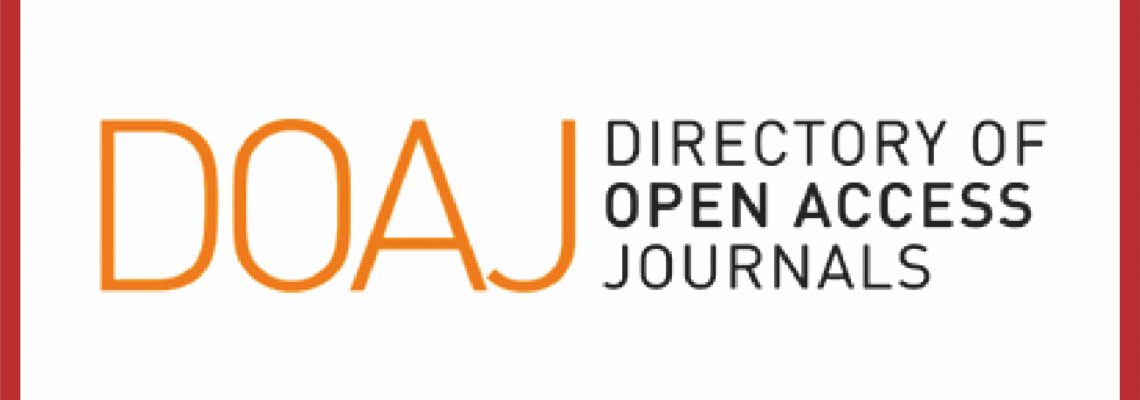Guy’s stone Scoring in Predicting Post operative Residual Stones
Guy's scoring in PCNL
DOI:
https://doi.org/10.55279/jafmdc.v4i1.125Keywords:
Percutaneous nephrolithotomy, Guy’s scoring system, residual stoneAbstract
Objective: To determine the frequency of postoperative residual stone based on preprocedural Guy’s scoring system.
Methodology: This cross-sectional descriptive study was conducted from1st June 2018 to 30th November 2019 at University Medical College Faisalabad. All patients with stones in the kidney undergoing PCNL, 20 to 60 years of age of both genders were included. Patients with secondary stones due to pelviureteric junction obstruction, CRF and recurrent stones were excluded. In all patients Guy’s scoring was measured. Then all patients underwent PCNL. After 24 hours of operation, CT scan was done in each patient and residual stone (present/absent) was noted.
Results: This study was comprised of 91 patients of age ranged from 20- 60 years. Fifty-three patients (58.24%) were males and 38 (41.76%) females. Seven (7.69%) were of Guy’s grade I, 48(52.75%) grade II, 21(23.08%) grade III and 15 of grade IV. Number of patients with residual stone was 09 (9.89%), 0.0% of GS 1, 12.5% of GS 2, 4.76% of GS 3 and 13.33% of GS 4 patients had residual stone.
Conclusion: Pre-PCNL Guy’s scoring is easy, rapid and useful for predicting the residual stone after percutaneous nephrolithotomy.
Keywords: Percutaneous nephrolithotomy, Guy’s scoring system, residual stone.
Downloads
Published
How to Cite
Issue
Section
License
Copyright (c) 2022 muhammad waqas iqbal, farhan jamshed, Adeen Akram, Nauman Khalid, muhammad saifullah, muhammad akram malik

This work is licensed under a Creative Commons Attribution-NonCommercial 4.0 International License.
You are free to:
- Share — copy and redistribute the material in any medium or format
- Adapt — remix, transform, and build upon the material
- The licensor cannot revoke these freedoms as long as you follow the license terms.
Under the following terms:
-
Attribution — You must give appropriate credit, provide a link to the license, and indicate if changes were made. You may do so in any reasonable manner, but not in any way that suggests the licensor endorses you or your use.
-
Non Commercial — You may not use the material for commercial purposes.
-
No additional restrictions — You may not apply legal terms or technological measures that legally restrict others from doing anything the license permits.













